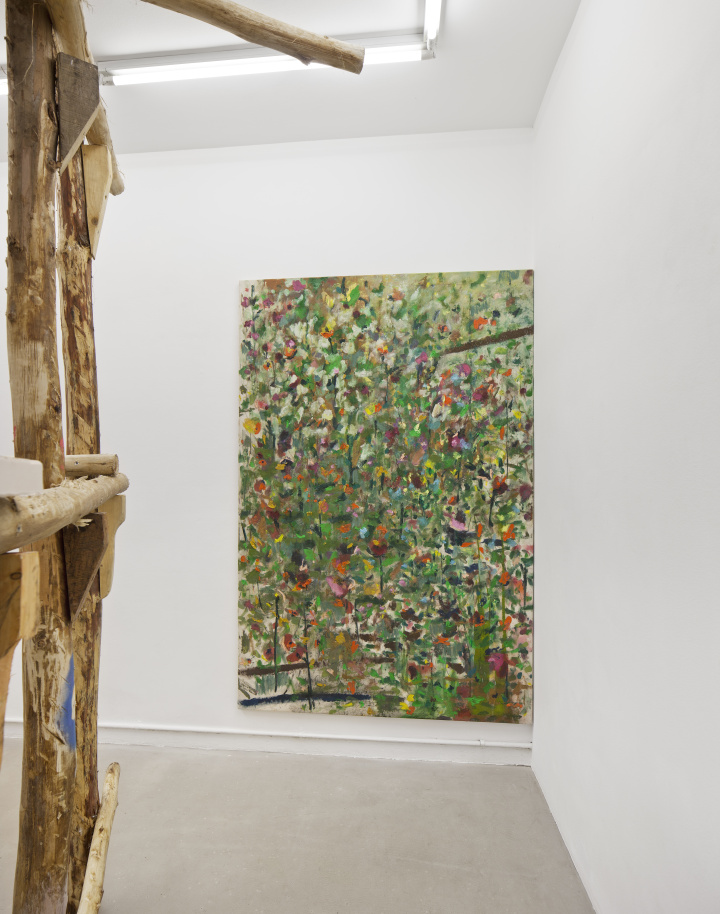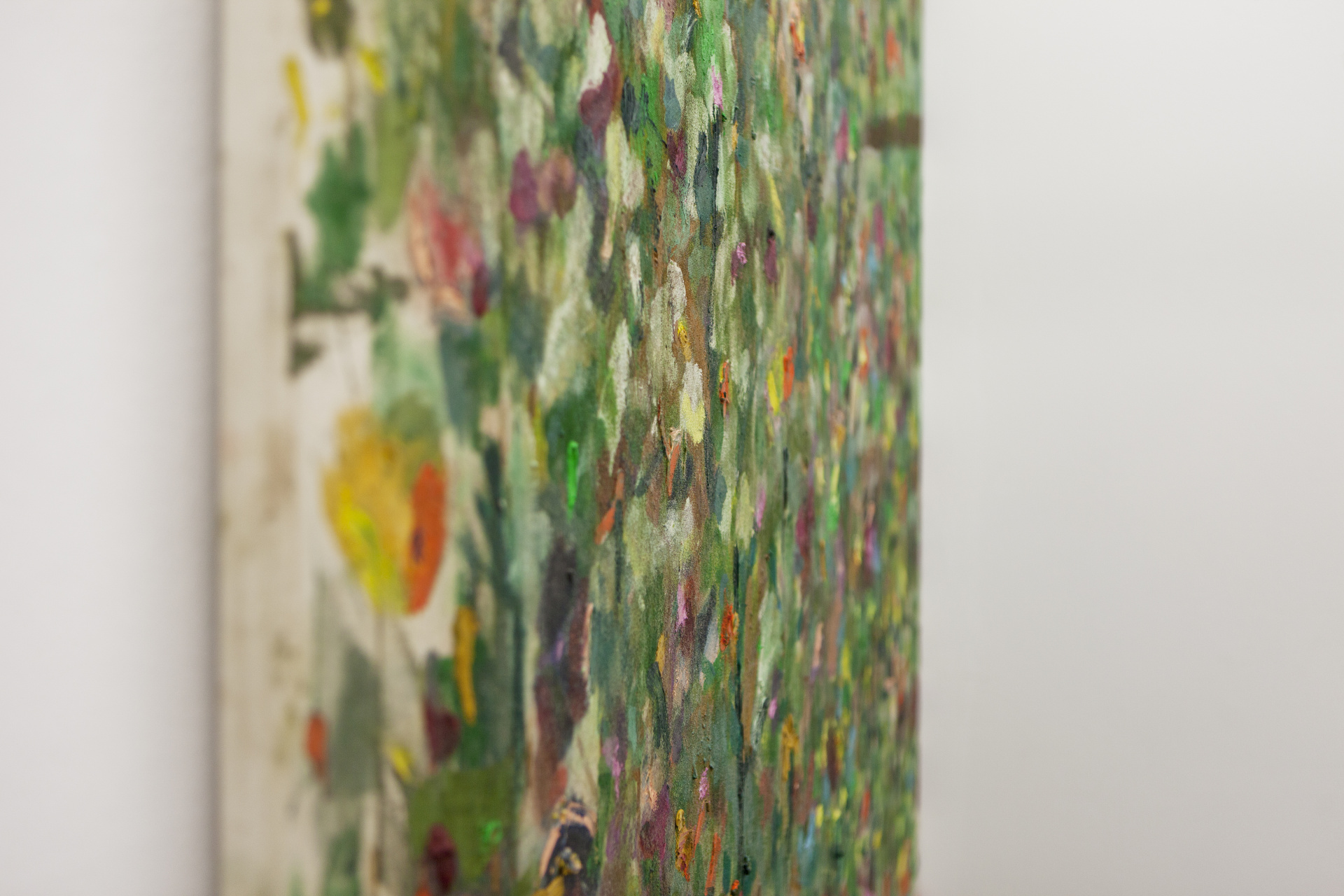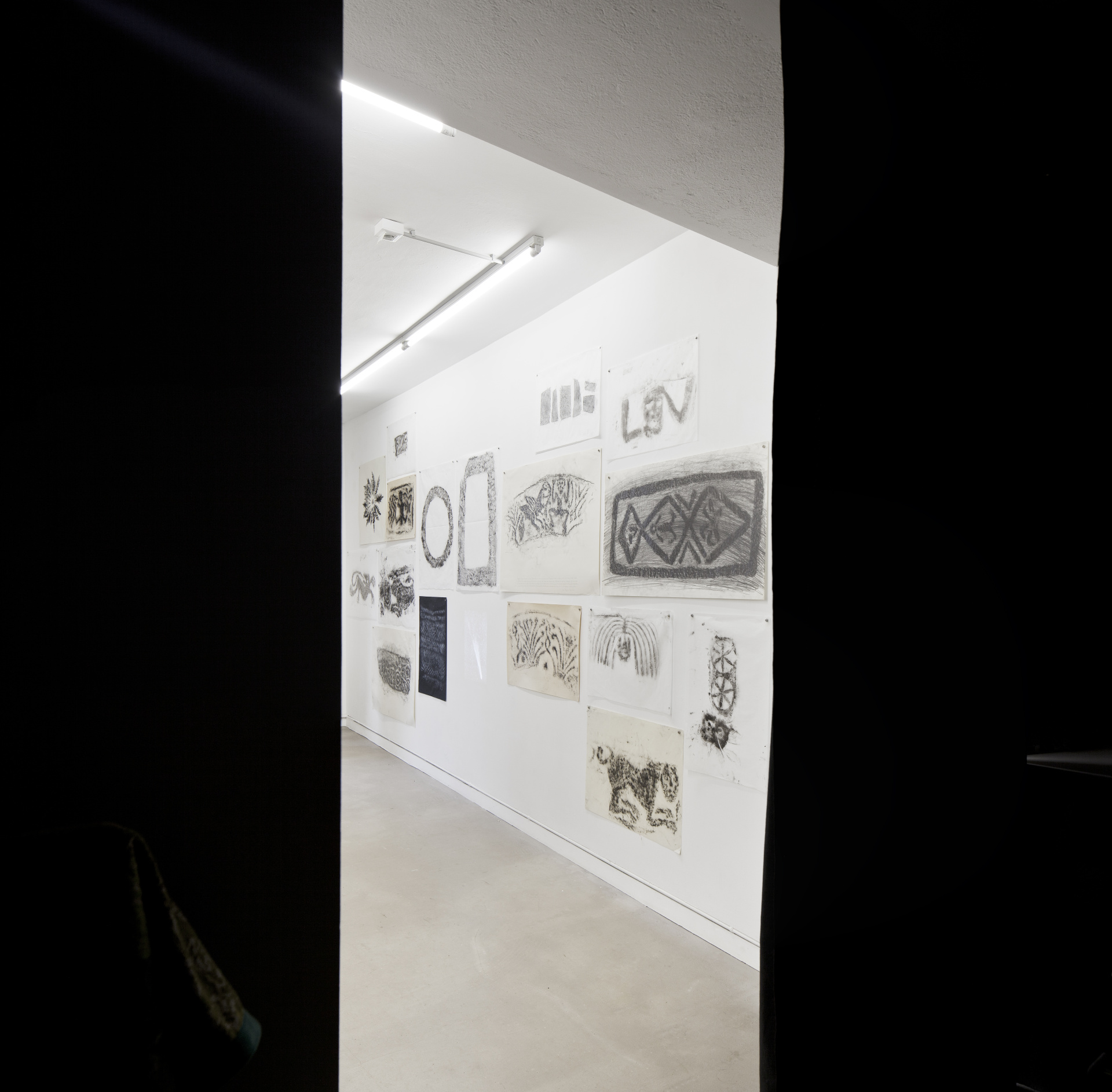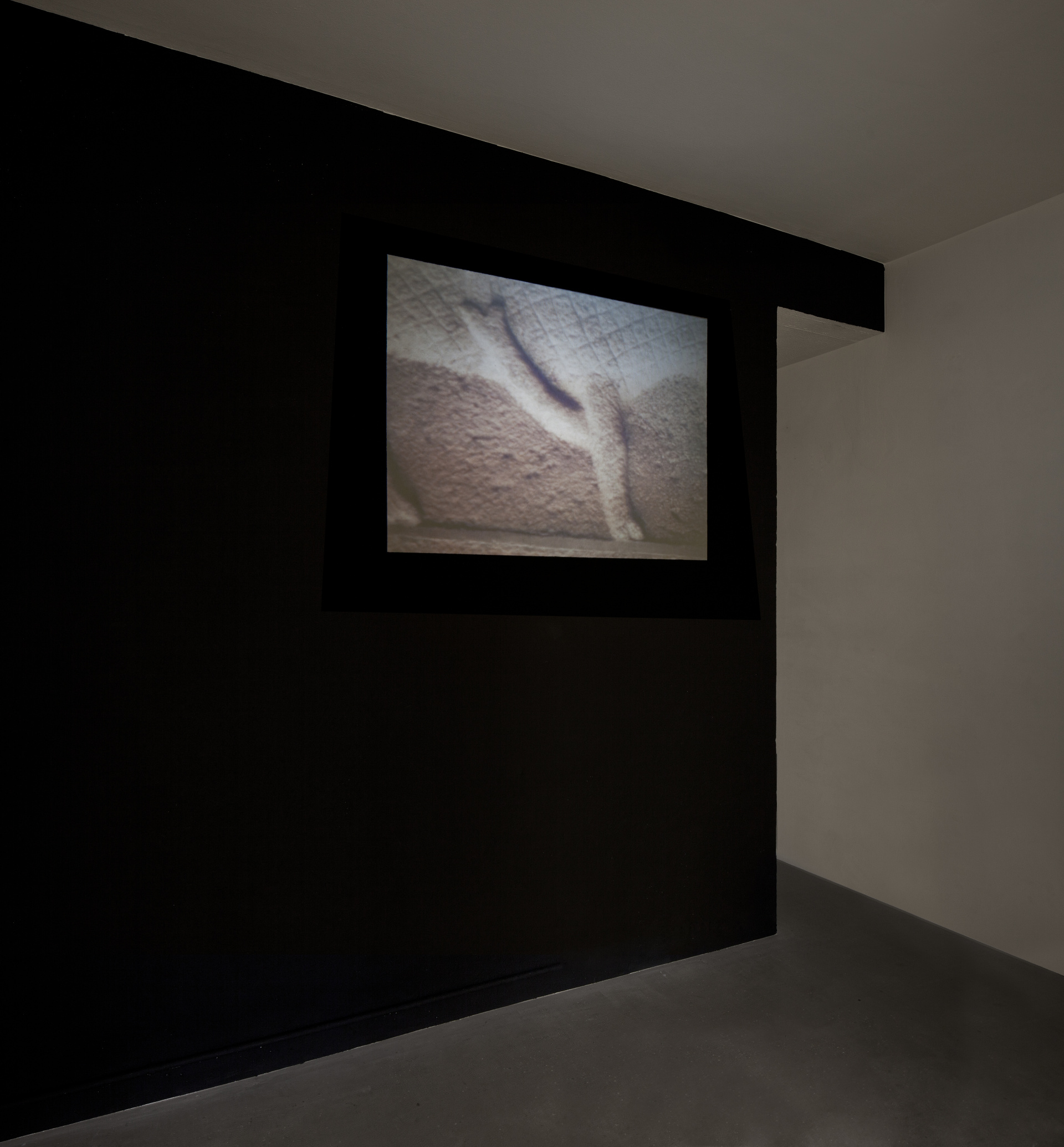Xestos, formas e actos (Gestures, forms and acts). Curator: Ángel Calvo Ulloa Alejandra Pombo Su Diego Vites Mariana Caló y Francisco Queimadela Oriol Vilapuig From November 18 to December 16 Santiago
When Paul Gauguin traveled for the first time to Brittany in the summer of 1886, he was surprised by the lack of attention that the inhabitants of Pont-Aven paid to his presence. The reasons were very simple: for more than half a century they had been receiving painters coming mostly from Paris, who were in search of a primitive landscape that persisted in the megalithic and medieval constructions, as well as in the physiognomy of the people. However, if Gauguin had decided to travel there, it was not because of that, but because of the cheapness of living there compared to Paris; and also because of the freedom that this retreat gave him to carry out his work. Inevitably the deep religiosity of those people and the landscape ended up influencing the paintings of that period, as well as the Romanesque architecture and sculptures existing in the area. From Brittany, Paul Gauguin spoke in his letters to Van Gogh of the wild, the primitive and the simple.
That same year in which Gauguin knew Brittany, Isidre Nonell traveled for the first time to the Catalan Pyrenees, specifically to the Vall de Boí, a thermal area that was accessed with immense difficulty, and where he met not with the landscapes or the architectures, but with the people, specifically with the cretins and outcasts of the Pyrenees that Nonell would represent in many of his illustrations in relation to religious constructions of that Catalan Romanesque that would begin to arouse much interest in the following years. Juan José Lahuerta tells that it was during the trip to Barcelona that Picasso made in 1902, when he could see in the Sala Parés the portraits that Nonell had made of those people of the Vall de Boí, and it would also be in that year in which, without moving from Barcelona, he could see in the Museu Nacional de Arte de Catalunya the Exhibition of Ancient Art in which in a timid way pieces of the Romanesque began to appear. In 1906 Picasso would travel to the Pyrenean locality of Gósol, in a trip from which he would return with a notebook full of drawings. We already know what would come later.
All this seems anecdotal, but in truth the reason for putting these data on the table in relation to the sudden presence that the Romanesque will have in the work of these artists, can give certain clues about the research in which European art was in those years, but also the profound importance of filtering the results through a city like Paris.
"Gestures, forms and acts" is not a thesis exhibition, it does not offer certainties nor does it want to create a common story that vertebrates the historical influence of the Romanesque in the peninsular art. It is not necessary to do much research to understand the chronological gaps that place us far from Paris, nor is it necessary to assume the already endemic feeling of inferiority, the historical "being late for almost everything" for which we seem to be guilty.
Only in this way, with the freedom of those who do not really aspire to closely follow the international trend, is it possible to understand that that granite way of looking at the landscape, the people, the religiosity and the national construction that meant for Galiza in the 1920s and 1930s an avant-garde movement, ended up becoming, with the passing of the decades and under the simplifying ballast of the granite aesthetics, a reactionary denomination that extends to the present day.
In the inquérito a los pintores that the magazine Grial published in 1951, in its second issue, the one dedicated to the current painting in Galicia, Laxeiro said that his influences were, first in the stones of the Galician mountains, and then in those who had worked them, such as Master Mateo. Apart from the omnipresent discourse on Celtic art, the allusion to the Romanesque has been a commonplace since the historiographic accounts of the 19th century, but if we look at Laxeiro's own intimate notes, two of the most cited influences are the figures of the village fools and the puppet shows: specifically O Naranxo and Barriga Verde. Childhood memories that will somehow mark that interest for the popular, for the lumpen that the industrial revolution places in the urban environment, but that Velázquez or Goya had already painted in the XVII and XVIII centuries in a court environment. It was not therefore a Parisian trend, but rather a historical thread that had started much earlier and that placed in the exotic a focus of interest that, in Galician art, could be placed in close relation to a painting that, until well into the twentieth century lacked clear references.
In this way, perhaps due to an absolute lack of prejudice when it comes to drawing on those references, artists Diego Vites, Alejandra Pombo Su, Oriol Vilapuig, Mariana Caló and Francisco Queimadela participate in this exhibition that does not seek to vindicate past times, but rather to show with four very different cases other ways of handling and citing the sources of art history in a critical way. The exhibition is thus configured on the basis of a series of punctual or long-term works, which have in the forms attributed to the Romanesque an analytical, renewed starting point that flees from the atrophy that today is the fact of having turned the gestures of the avant-garde into ankylosing regionalist traditionalisms.
The text that Oriol Vilapuig wrote in 2020 to accompany the editorial and exhibition project "Son. Empremtes i figuracions a les Valls d'Àneu", which took place at the MNAC in Barcelona, began with a series of interrogations from which we have now extracted the title of this project at hand, and which we consider highly pertinent to approach our exhibition.
"To what degree is an image determined by the place where it was born? Can it be that images weave inseparable links or more intense experiences with the places where they were created? What sense do formerly sacred spaces acquire in our contemporaneity? What symbolic role does the architecture that hosted Romanesque art have? What kind of anachronisms are generated when we are overwhelmed by seemingly immemorial gestures, forms and acts? Where does the fascination with images of the past stem from? Is it due to their power to trap time or, on the contrary, to their ability to turn the gaze into a disturbing vehicle, into a contact at a distance?"

























